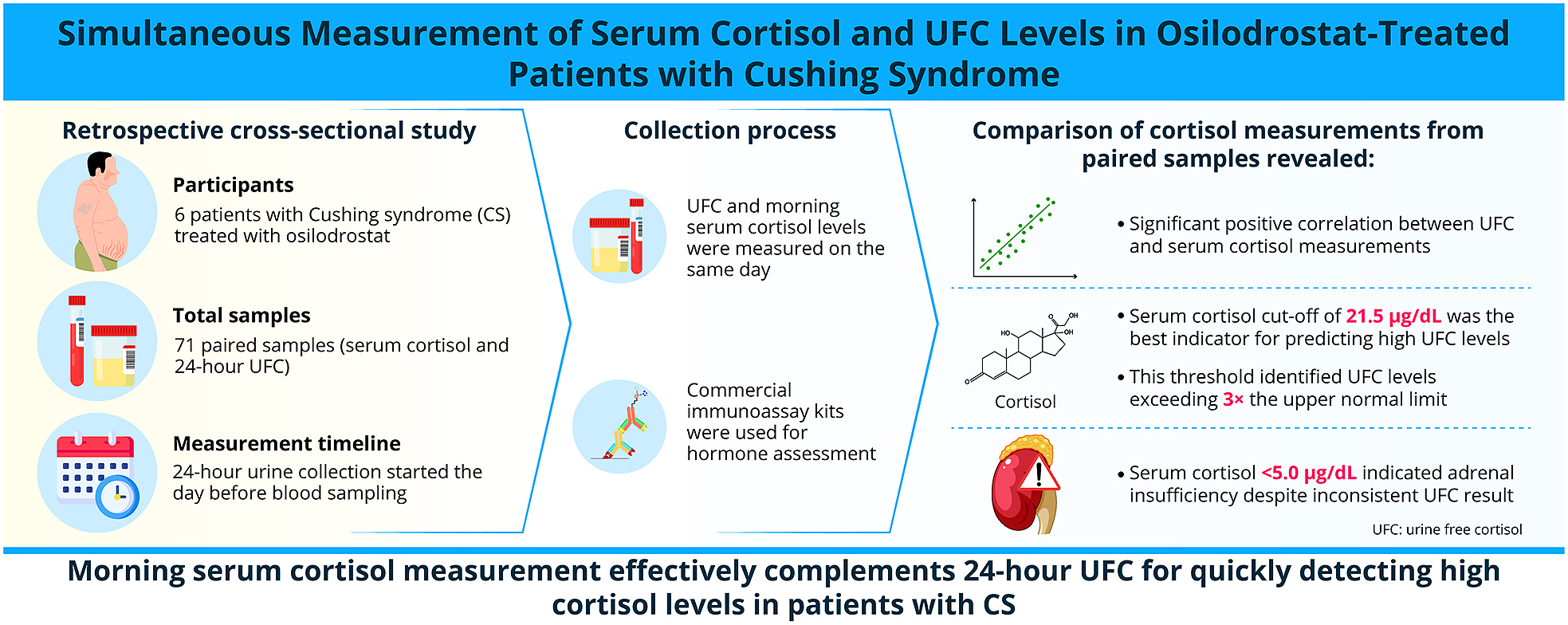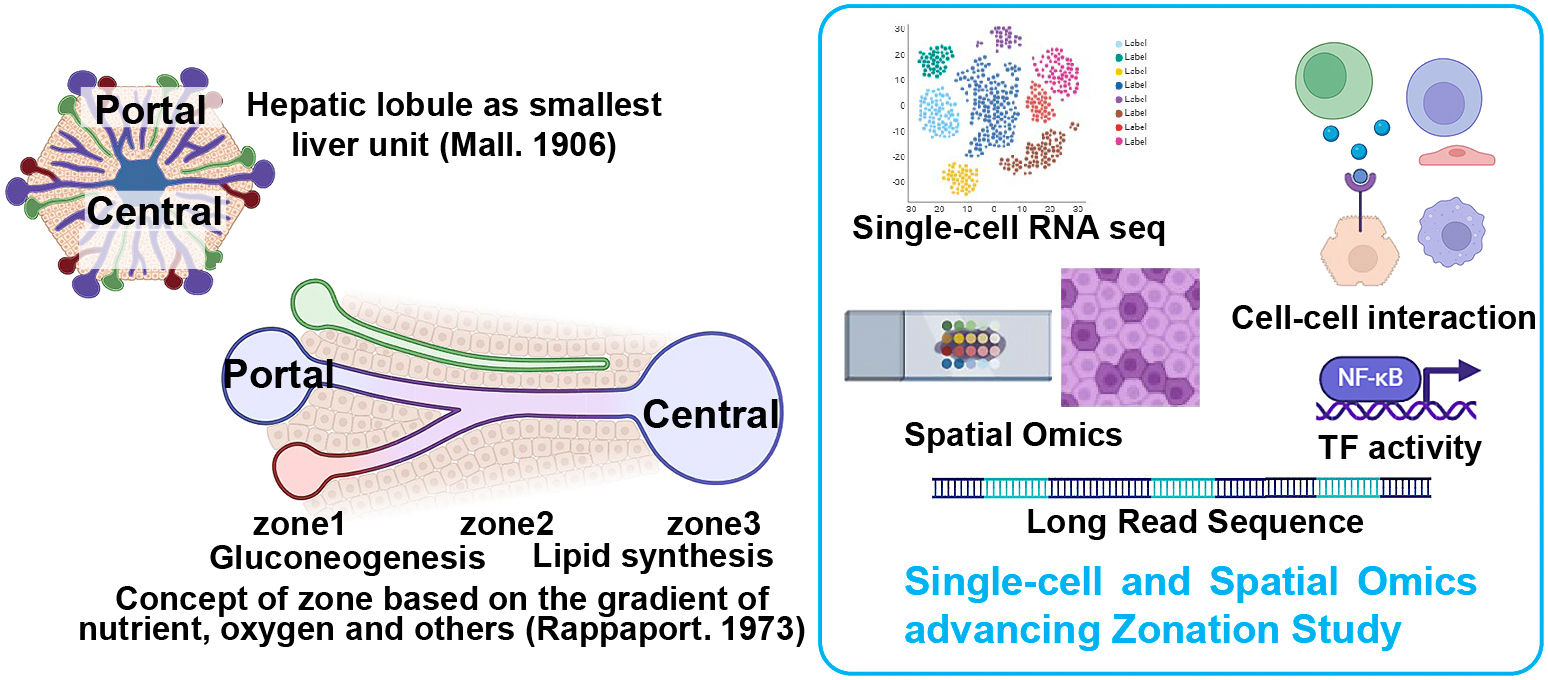Advance online publication
Advance online publication
Advance online publication allows users to view and download accepted articles before the production process has been finalised.
Displaying 1-37 of 37 articles from this issue
- |<
- <
- 1
- >
- >|
-
Article type: Original
Article ID: EJ25-0159
Published: 2025
Advance online publication: August 05, 2025Download PDF (1608K) -
Article type: Case Report with Review of Literature
Article ID: EJ25-0164
Published: 2025
Advance online publication: August 01, 2025Download PDF (2692K) -
Article type: Review
Article ID: EJ25-0168
Published: 2025
Advance online publication: July 31, 2025Download PDF (3708K) -
Article type: Original
Article ID: EJ25-0178
Published: 2025
Advance online publication: July 30, 2025Download PDF (1327K) -
Article type: State-of-the-Art Review in Endocrinology
Article ID: EJ25-0207
Published: 2025
Advance online publication: July 24, 2025Download PDF (2043K) -
Article type: Original
Article ID: EJ25-0039
Published: 2025
Advance online publication: July 23, 2025Download PDF (1488K) -
Article type: Case Report with Review of Literature
Article ID: EJ25-0110
Published: 2025
Advance online publication: July 17, 2025Download PDF (2214K) -
Article type: Original
Article ID: EJ25-0181
Published: 2025
Advance online publication: July 17, 2025Download PDF (9832K) -
Article type: Case Report with Review of Literature
Article ID: EJ24-0713
Published: 2025
Advance online publication: July 08, 2025Download PDF (3368K) -
Article type: Original
Article ID: EJ24-0711
Published: 2025
Advance online publication: July 05, 2025Download PDF (7131K) -
Article type: State-of-the-Art Review in Endocrinology
Article ID: EJ25-0127
Published: 2025
Advance online publication: July 04, 2025Download PDF (6877K) -
Article type: Original
Article ID: EJ25-0132
Published: 2025
Advance online publication: July 03, 2025Download PDF (3087K) -
Enteric capsuled protein reduced food intake and inhibited high-fat diet-induced weight gain in miceArticle type: Original
Article ID: EJ24-0679
Published: 2025
Advance online publication: July 01, 2025Download PDF (1560K) -
Article type: Case Report with Review of Literature
Article ID: EJ25-0129
Published: 2025
Advance online publication: June 27, 2025Download PDF (5152K) -
Article type: Original
Article ID: EJ24-0545
Published: 2025
Advance online publication: June 26, 2025Download PDF (1017K) -
Article type: Review
Article ID: EJ25-0117
Published: 2025
Advance online publication: June 21, 2025Download PDF (2301K) -
Article type: Case Report with Review of Literature
Article ID: EJ24-0715
Published: 2025
Advance online publication: June 20, 2025Download PDF (922K) -
Article type: State-of-the-Art Review in Endocrinology
Article ID: EJ25-0213
Published: 2025
Advance online publication: June 20, 2025Download PDF (2755K) -
Article type: Original
Article ID: EJ24-0696
Published: 2025
Advance online publication: June 19, 2025Download PDF (2301K) -
Article type: Case Report with Review of Literature
Article ID: EJ24-0687
Published: 2025
Advance online publication: June 18, 2025Download PDF (6215K) -
Article type: Original
Article ID: EJ25-0007
Published: 2025
Advance online publication: June 14, 2025Download PDF (1606K) -
Article type: Original
Article ID: EJ25-0047
Published: 2025
Advance online publication: June 06, 2025Download PDF (1077K) -
Article type: Case Report with Review of Literature
Article ID: EJ25-0098
Published: 2025
Advance online publication: June 04, 2025Download PDF (4845K) -
Article type: Review
Article ID: EJ25-0163
Published: 2025
Advance online publication: June 04, 2025Download PDF (1894K) -
Article type: Note
Article ID: EJ24-0312
Published: 2025
Advance online publication: June 03, 2025Download PDF (3368K) -
Article type: Case Report with Review of Literature
Article ID: EJ25-0038
Published: 2025
Advance online publication: June 03, 2025Download PDF (4481K) -
Article type: State-of-the-Art Review in Endocrinology
Article ID: EJ25-0188
Published: 2025
Advance online publication: May 30, 2025Download PDF (3498K) -
Article type: Original
Article ID: EJ24-0723
Published: 2025
Advance online publication: May 28, 2025Download PDF (5027K) -
Article type: Review
Article ID: EJ25-0140
Published: 2025
Advance online publication: May 27, 2025Download PDF (3245K) -
Article type: Review
Article ID: EJ25-0180
Published: 2025
Advance online publication: May 27, 2025Download PDF (1414K) -
Article type: Original
Article ID: EJ25-0044
Published: 2025
Advance online publication: May 23, 2025Download PDF (2148K) -
Article type: Original
Article ID: EJ24-0626
Published: 2025
Advance online publication: May 20, 2025Download PDF (3865K) -
Article type: Original
Article ID: EJ25-0055
Published: 2025
Advance online publication: May 16, 2025Download PDF (1604K) -
Article type: State-of-the-Art Review in Endocrinology
Article ID: EJ25-0051
Published: 2025
Advance online publication: May 03, 2025Download PDF (4215K) -
Article ID: RET10-1
Published: 2010
Advance online publication: November 12, 2010Download PDF (408K) -
Article ID: K10E-195
Published: 2010
Advance online publication: September 22, 2010Download PDF (701K) -
Article ID: K08E-187
Published: 2008
Advance online publication: November 20, 2008Download PDF (111K)
- |<
- <
- 1
- >
- >|
































